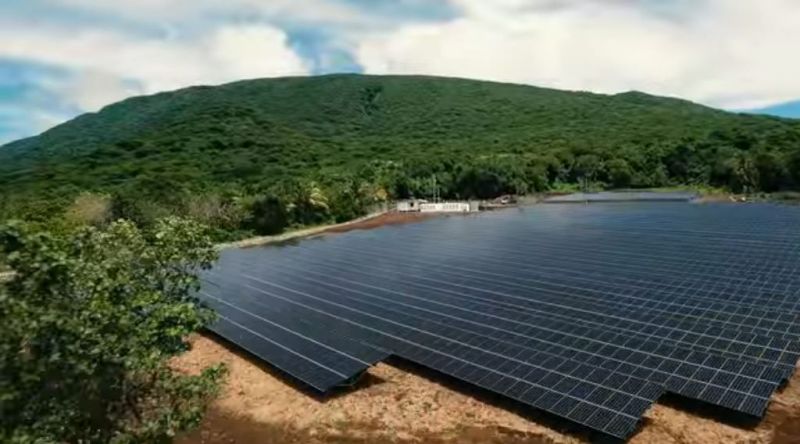The efficiency level of a photovoltaic cell (PV) is the percentage of the solar energy shining on a PV cell which converts the sunlight into electricity. Improving this conversion efficiency is key so this kind of technology will be cost-competitive with conventional sources of energy.

Factors affecting the conversion efficiency
There are multiple factors that play roles in limiting the cell’s ability to convert the sunlight it receives. That’s why it’s important to take into account in order to obtain a higher level of efficiency in solar energy conversion.
- Wavelength: Light is composed of packets of energy (photons) that have a great range of wavelengths and energies. The sunlight that reaches the planet has different types of wavelengths like ultraviolet or infrared. When the sunlight strikes the solar cell, some photons are reflected while others pass through it. This means that some of the absorbed photons have their energy turned into heat. And the remainder will have enough amount of energy to produce current electricity.
- Temperature: This is a ket factor as well since solar cells work best at low temperatures. Higher temperatures cause the semiconductor properties to shift, resulting in an increase in current and a great decrease in voltage. Additionally, extreme increases in temperature will also damage the cell and other module materials.
- Reflection: The cell’s efficiency can increase by minimizing the light reflected away from the cell’s surface. Anti-reflection coatings and textured surfaces help decrease reflection.
Source: Office of Energy Efficiency and Renewable Energy
